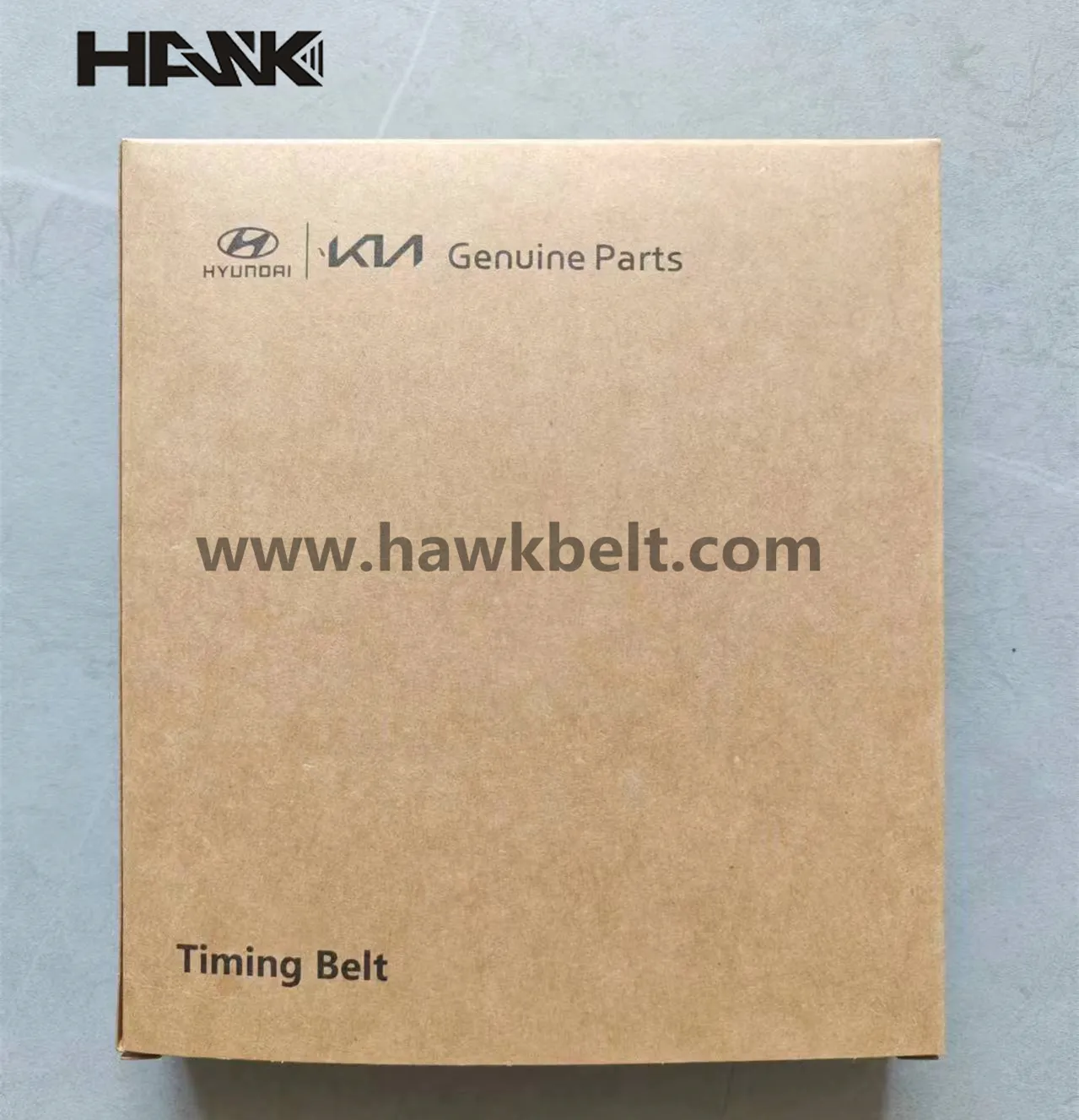- Arabic
- French
- Russian
- Spanish
- Portuguese
- Turkish
- Armenian
- English
- Albanian
- Amharic
- Azerbaijani
- Basque
- Belarusian
- Bengali
- Bosnian
- Bulgarian
- Catalan
- Cebuano
- Corsican
- Croatian
- Czech
- Danish
- Dutch
- Afrikaans
- Esperanto
- Estonian
- Finnish
- Frisian
- Galician
- Georgian
- German
- Greek
- Gujarati
- Haitian Creole
- hausa
- hawaiian
- Hebrew
- Hindi
- Miao
- Hungarian
- Icelandic
- igbo
- Indonesian
- irish
- Italian
- Japanese
- Javanese
- Kannada
- kazakh
- Khmer
- Rwandese
- Korean
- Kurdish
- Kyrgyz
- Lao
- Latin
- Latvian
- Lithuanian
- Luxembourgish
- Macedonian
- Malgashi
- Malay
- Malayalam
- Maltese
- Maori
- Marathi
- Mongolian
- Myanmar
- Nepali
- Norwegian
- Norwegian
- Occitan
- Pashto
- Persian
- Polish
- Punjabi
- Romanian
- Samoan
- Scottish Gaelic
- Serbian
- Sesotho
- Shona
- Sindhi
- Sinhala
- Slovak
- Slovenian
- Somali
- Sundanese
- Swahili
- Swedish
- Tagalog
- Tajik
- Tamil
- Tatar
- Telugu
- Thai
- Turkmen
- Ukrainian
- Urdu
- Uighur
- Uzbek
- Vietnamese
- Welsh
- Bantu
- Yiddish
- Yoruba
- Zulu
නොවැ. . 24, 2024 13:29 Back to list
Understanding Flat Belts for Stationary Engine Applications and Their Efficiency
The Evolution and Significance of Stationary Engine Flat Belts
In the industrial age, the advancement of machinery transformed manufacturing processes, leading to increased efficiency and productivity. One of the pivotal innovations in this era was the use of stationary engine flat belts. These belts played a crucial role in transmitting power from stationary engines to various machine tools, revolutionizing the way industries operated.
The Mechanics of Flat Belts
Flat belts are made from durable materials such as leather, rubber, or synthetic composites. Unlike V-belts, which have a trapezoidal cross-section designed to fit into grooves on pulleys, flat belts are broad and flat, allowing for a larger surface area to make contact with the pulleys. This design enhances friction, enabling effective power transmission.
A stationary engine typically consists of a large boiler and a reciprocating engine. The engine generates power, which is transferred via a series of pulleys and flat belts to drive machines such as lathes, saws, and drills. The belts can be easily adjusted for tension, which is vital for maintaining efficient operation and prolonging the life of both the belt and the machinery.
Historical Context
The use of flat belts can be traced back to the early 19th century. During the Industrial Revolution, factories were often powered by steam engines. Flat belts emerged as a practical solution for transmitting power across distances within the factory. The simplicity of design and ease of maintenance made flat belts a popular choice for factories and workshops.
As industrial demands grew, the design and materials used for flat belts underwent significant improvements. Innovations in rubber technology in the late 19th century allowed for stronger and more flexible belts. This progress exponentially increased the efficiency of power transmission, making flat belts even more indispensable in industrial settings.
Advantages of Flat Belts
stationary engine flat belts

Flat belts offer several advantages that have contributed to their widespread usage. Firstly, their simplicity allows for adaptable configurations in various machinery setups. Unlike gears or chains, flat belts can easily be routed around multiple pulleys, enabling complex machinery layouts.
Moreover, flat belts operate more quietly than other power transmission methods such as gears. This characteristic is particularly beneficial in settings where noise reduction is desired, such as in woodworking shops or textile mills.
Flat belts also exhibit less wear and tear compared to chain drives. They do not have moving parts that make contact in the same way, which reduces the friction that often leads to mechanical failure. Additionally, flat belts can be replaced individually without needing to dismantle entire systems, making maintenance easier and more cost-effective.
Challenges and Limitations
Despite their advantages, flat belts are not without challenges. They can slip under heavy loads, leading to decreased efficiency. The performance relies heavily on the proper tension and alignment, which require regular monitoring and adjustments. Furthermore, flat belts may experience degradation due to exposure to harsh environmental factors, such as heat and moisture, demanding careful selection of materials based on operating conditions.
The Legacy of Flat Belts in Modern Industry
Even in the contemporary landscape of automated and digital manufacturing, the legacy of stationary engine flat belts endures. While many industries have shifted towards advanced technologies such as electric motors and automated systems, the basic principles of power transmission pioneered by flat belts still influence modern designs. Innovations like flat belt conveyors in material handling systems showcase how these classic designs have adapted to meet current demands.
In conclusion, stationary engine flat belts represent a remarkable chapter in the history of industrial machinery. Their ability to efficiently transmit power while maintaining simplicity and reliability has solidified their place in industry. As technology continues to evolve, one can only appreciate the foundational role that flat belts have played in shaping modern manufacturing processes, reminding us that sometimes, the simplest solutions are the most effective.
-
Korean Auto Parts Timing Belt 24312-37500 For Hyundai/Kia
NewsMar.07,2025
-
7PK2300 90916-T2024 RIBBED BELT POLY V BELT PK BELT
NewsMar.07,2025
-
Chinese Auto Belt Factory 310-2M-22 For BMW/Mercedes-Benz
NewsMar.07,2025
-
Chinese Auto Belt Factory 310-2M-22 For BMW/Mercedes-Benz
NewsMar.07,2025
-
90916-02660 PK Belt 6PK1680 For Toyota
NewsMar.07,2025
-
drive belt serpentine belt
NewsMar.07,2025

